Linear Alkylbenzene Sulfonic Acid (LABSA) is a synthetic surfactant that is commonly used in the detergent industry. It is a highly effective cleaning agent that can be used in a wide range of cleaning products, including dishwashing liquids, laundry detergents, and household cleaners.
One of the main benefits of using LABSA in detergent manufacturing is its ability to emulsify and disperse oil and grease. This is essential for removing dirt and stains from fabrics and surfaces. LABSA is also highly soluble in water, making it easy to formulate into a variety of cleaning products.
LABSA is typically used as a key ingredient in detergent formulations, along with other surfactants, builders, and enzymes. It is often preferred over other surfactants because it is relatively inexpensive and easy to produce in large quantities.
However, it is important to note that LABSA is a strong acid and can be corrosive to certain materials. Proper handling and storage procedures must be followed to ensure the safety of workers and the environment.
Overall, LABSA is a widely used and effective ingredient in the detergent industry that helps to improve the cleaning performance of a wide range of cleaning products.
BENEFITS OF USING LABSA IN DETERGENT INDUSTRIES
LABSA is widely used in the detergent industry as a surfactant due to its excellent foaming and cleaning properties. Some of the benefits of using LABSA in the detergent industry include:
- Strong Cleaning Power: LABSA is a highly effective cleaning agent that can remove stubborn stains and dirt from various surfaces. It works by reducing the surface tension of water, allowing it to penetrate and clean surfaces more effectively.
- Cost-Effective: LABSA is a cost-effective alternative to other surfactants used in the detergent industry. It is readily available and relatively inexpensive, making it a popular choice for many manufacturers.
- High Foaming Ability: LABSA produces a high amount of foam, which is desirable in many cleaning applications. The foam helps to lift dirt and grime from surfaces, making it easier to clean.
- Biodegradability: LABSA is biodegradable, which means it breaks down naturally over time and does not harm the environment. This makes it a more sustainable option compared to some other surfactants used in the detergent industry.
- Versatility: LABSA can be used in a variety of cleaning applications, including laundry detergents, dishwashing detergents, and industrial cleaning products. Its versatility makes it a valuable ingredient in many different types of cleaning products.
In summary, the use of LABSA in the detergent industry offers many benefits, including strong cleaning power, cost-effectiveness, high foaming ability, biodegradability, and versatility.
METHODS OF DETERGENT PRODUCED BY LABSA
LABSA is an organic compound used in the production of detergents. Here are the steps involved in producing detergent using LABSA:
- Sulfonation: LABSA is produced by the sulfonation of linear alkylbenzene (LAB) with sulfuric acid. In this process, LAB is mixed with concentrated sulfuric acid in a reactor, and the temperature is maintained between 50°C to 60°C. The reaction time varies depending on the equipment used but typically takes several hours.
- Neutralization: After the sulfonation process, the excess sulfuric acid is neutralized with a base such as sodium hydroxide (NaOH) or potassium hydroxide (KOH). The neutralization reaction produces salt and water.
- Separation: The resulting mixture is then separated into layers, with the top layer containing the crude LABSA and the bottom layer containing the salt and water.
- Purification: The crude LABSA is purified by washing it with water to remove impurities, such as unreacted LAB and sulfuric acid. The purified LABSA is then dried to remove excess water.
- Blending: The purified LABSA is then blended with other ingredients, such as surfactants, builders, and enzymes, to produce the final detergent product.
- Packaging: The finished detergent product is packaged and labeled for distribution.
It is worth noting that there are variations in the specific methods used by different manufacturers to produce detergent using LABSA. The process can also be adjusted based on the desired properties of the final detergent product.
HOW LABSA DECREASES DETERGENT PRODUCTION COSTS
It is a cost-effective raw material that can significantly reduce the production costs of detergents. Here are some ways LABSA can help decrease detergent production costs:
- Efficient cleaning: LABSA has excellent cleaning properties and can effectively remove dirt, grease, and stains from clothes and other surfaces. This means that less detergent is needed to achieve the same level of cleanliness, reducing the amount of detergent required per wash cycle and hence, reducing production costs.
- Lower production costs: LABSA is a cost-effective raw material compared to other surfactants such as linear alkylbenzene sulfonates (LAS). It can be produced at a lower cost, making it an attractive option for detergent manufacturers looking to reduce their production costs.
- Longer shelf life: LABSA has a longer shelf life than other surfactants, which means that manufacturers can store it for a longer time without degradation, leading to a reduction in production costs due to less frequent material purchases.
- High foaming: LABSA has high foaming properties, which means that less foaming agents are required in detergent formulations, reducing the overall cost of the product.
Overall, using LABSA as a surfactant in detergent formulations can help reduce production costs and increase profitability for manufacturers.



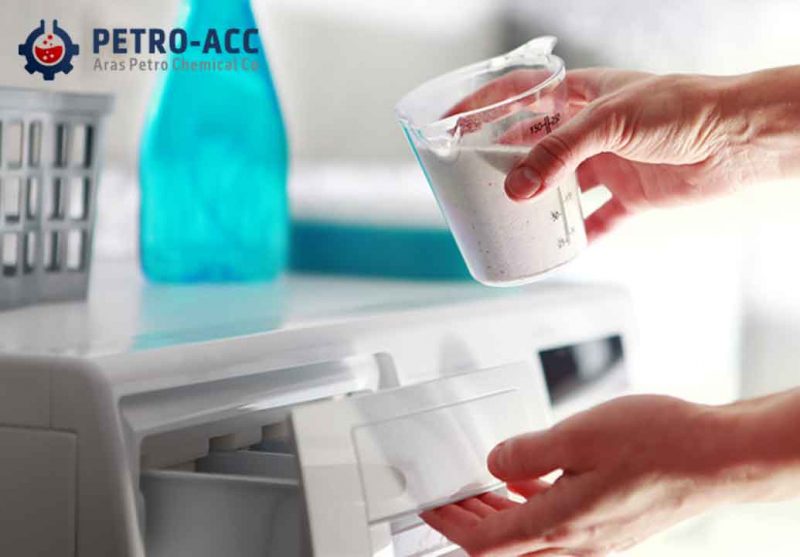
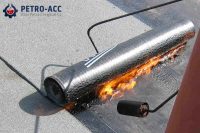
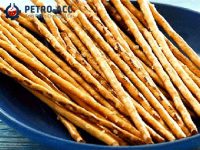
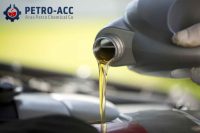
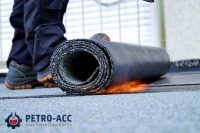
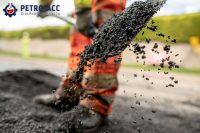
Leave A Comment